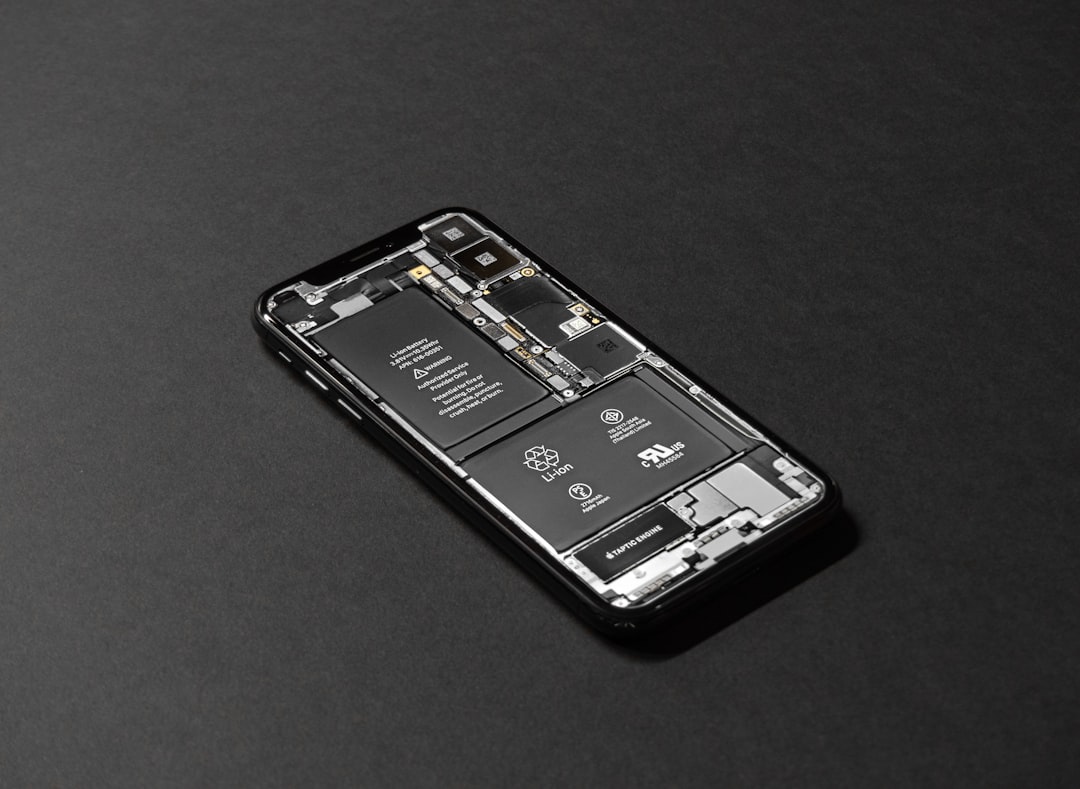Epsom Salt Battery Desulfation Tips
Practical Guidance on Avoiding Premature Lead-Acid Battery Failure
Acetylsalicylic acid from aspirin decomposes into acetic acid which aggressively attacks the positive lead dioxide plates within the battery structure, hastening its demise rather than prolonging its life. However, there exists a myriad of pulse charging techniques varying significantly in their effectiveness and safety; improper application can further harm than help a struggling battery. S.
Proper Care PracticesThe best way to extend your battery's life is through regular maintenance and careful adherence to manufacturer-recommended procedures. These approaches help manage sulfate buildup and mix electrolytes effectively within the cell structure without causing additional stress or damage to the battery.
Best Practices for Battery MaintenanceInstead of experimenting with quick-fix solutions that could exacerbate existing problems or shorten battery lifespan, adopting regular maintenance routines is advisable. One such hack involves adding Epsom salt (magnesium sulfate) to battery cells.
Battery, argue that this method does more harm than good. However, Fred Wehmeyer from U.
